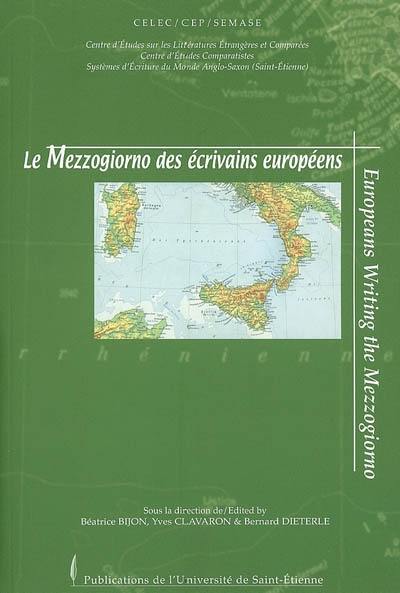
Collection(s) : Centre d'études comparatistes
Paru le 04/01/2007 | Broché 289 pages
Public motivé
édition Centre d'études sur les littératures étrangères et comparées (CELEC) ; Centre d'études comparatistes (CEP) ; Systèmes d'écriture du monde anglo-saxon (SEMASE)
Qu'est-ce que le Mezzogiorno ? Le découpage officiel opéré par la loi du 10 août 1950 n'apporte qu'une réponse administrative, et peut-être économique. Les nostalgiques préfèreront parler du Royaume des Deux-Siciles... Néanmoins la perception littéraire et artistique ne saurait s'assujettir aux repères politiques et les limites du Mezzogiorno demeurent fluctuentes. Nombreux sont les voyageurs qui ne sont pas allés plus au sud que Rome, s'arrêtant à ce qui fut longtemps considéré comme la frontière de la civilisation. Pour Dominique Fernandez, la frontière décisive se situe à Terracine, aux confins du Royaume de Naples, mais l'option la plus courante est de prendre Naples comme point ultime, au-delà duquel commence un autre monde, même si d'aucuns repoussent cette limite jusqu'à Paestum, terme méridional du voyage pour la plupart des étrangers et « fin » de l'Italie. Le Mezzogiorno a été longtemps perçu (et par les Italiens eux-mêmes) comme une région-limite, où l'altérité culturelle était bien plus sensible que dans le reste de la péninsule.
No matter how loosely defined, the Mezzogiorno is real enough, both in the world at large and as the archetypal image of an « Other » discovered even within the bounds of the continent. For a long time it has been seen and understood from a northern perspective, if only because of the set itineraries taken by generations of cosmopolitan travellers. It is then in the implicit comparison with the North of Europe, or indeed sometimes with the North of Italy itself, that it was construed. In this context the Mezzogiorno has emerged not only as an ethnographic terrain, but also as an imaginative projection of Italy as the extreme of defamiliarization. This is clearly true of the period comprised between the 18th and the 20th centuries, in which there has been no interruption of the practice known as the Grand Tour - what the French call the « Voyage d'Italie », and the Germans the « Italienische Reise » - and it is therefore no wonder if travellers tales take such pride of place in this book.